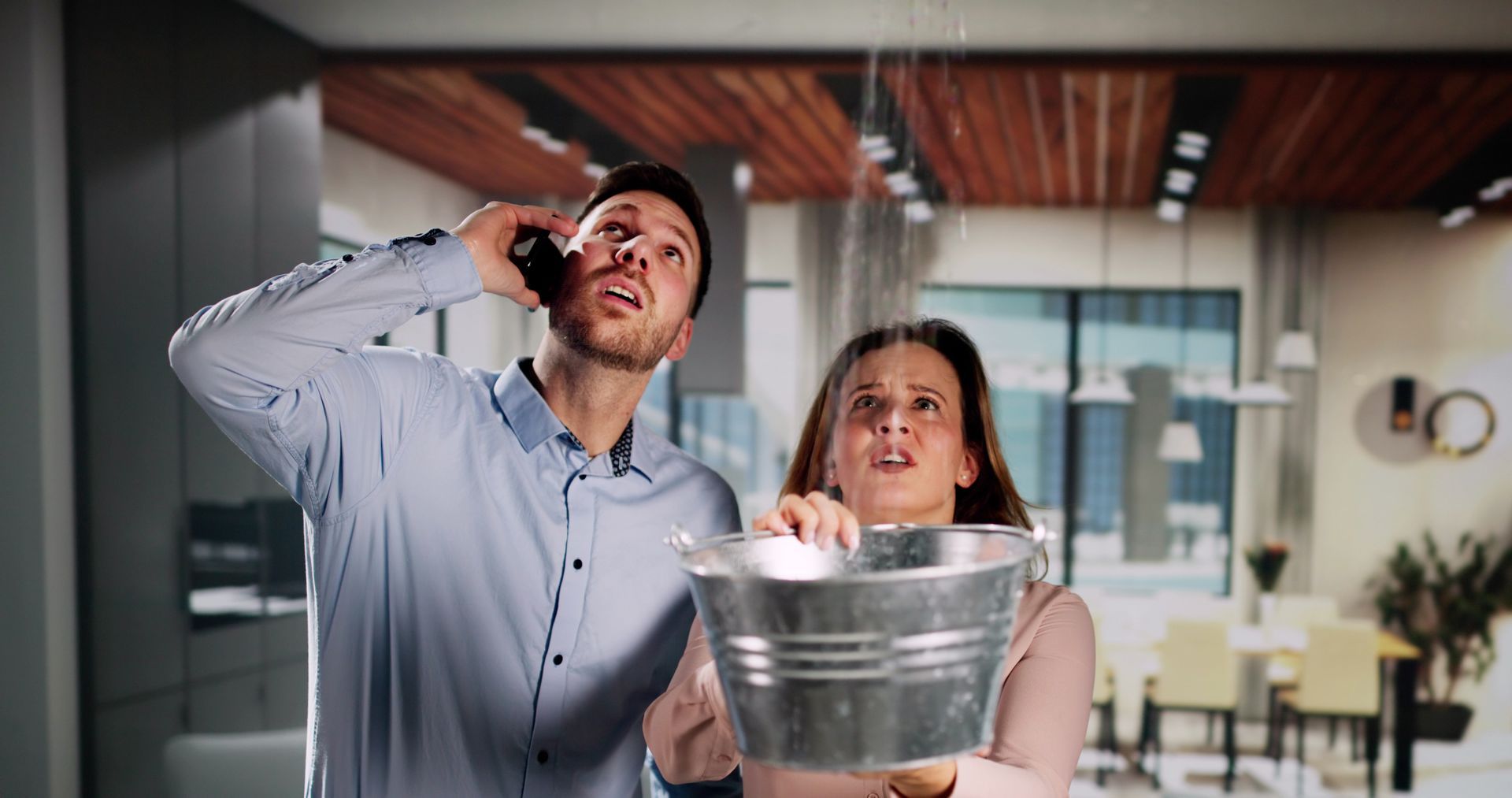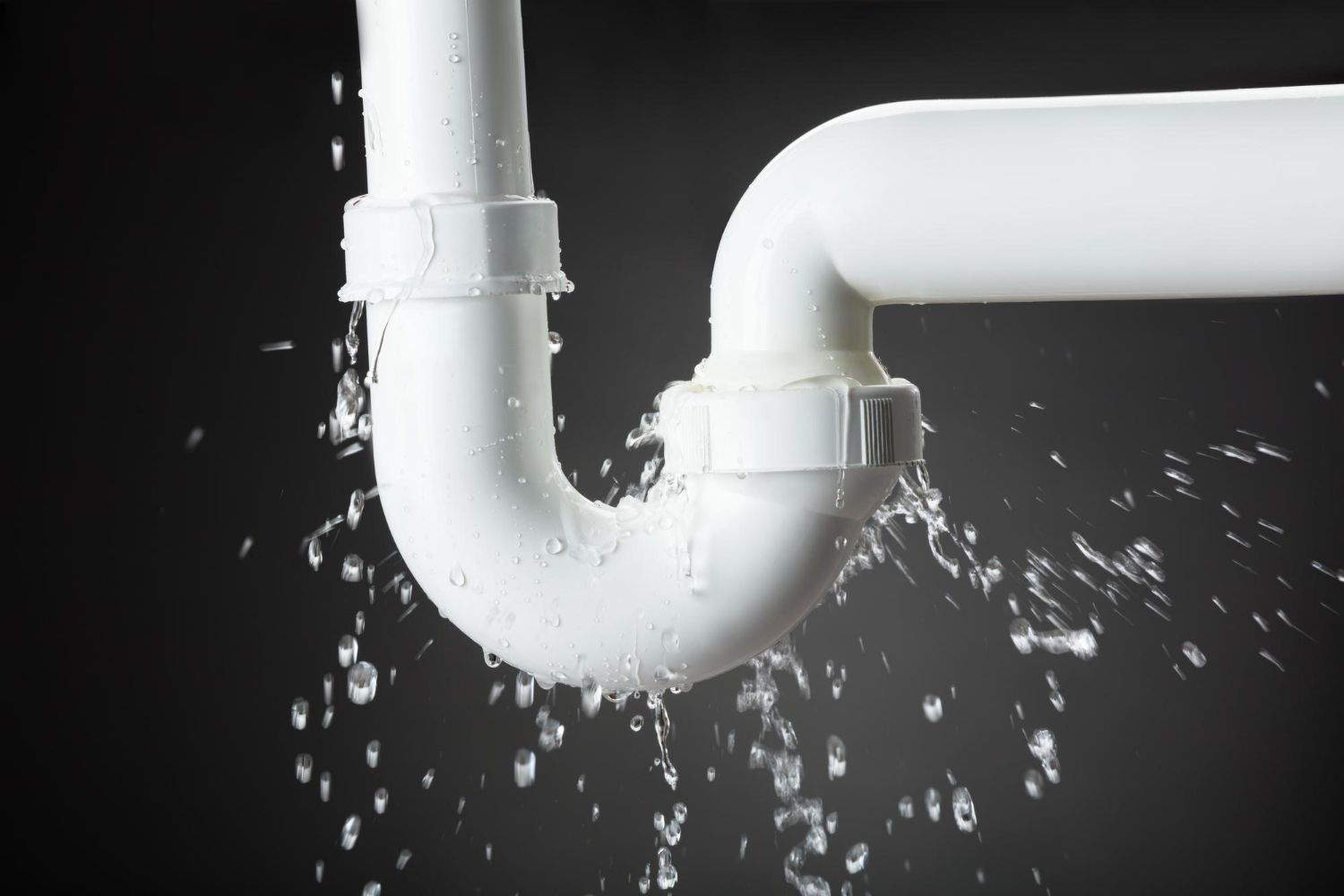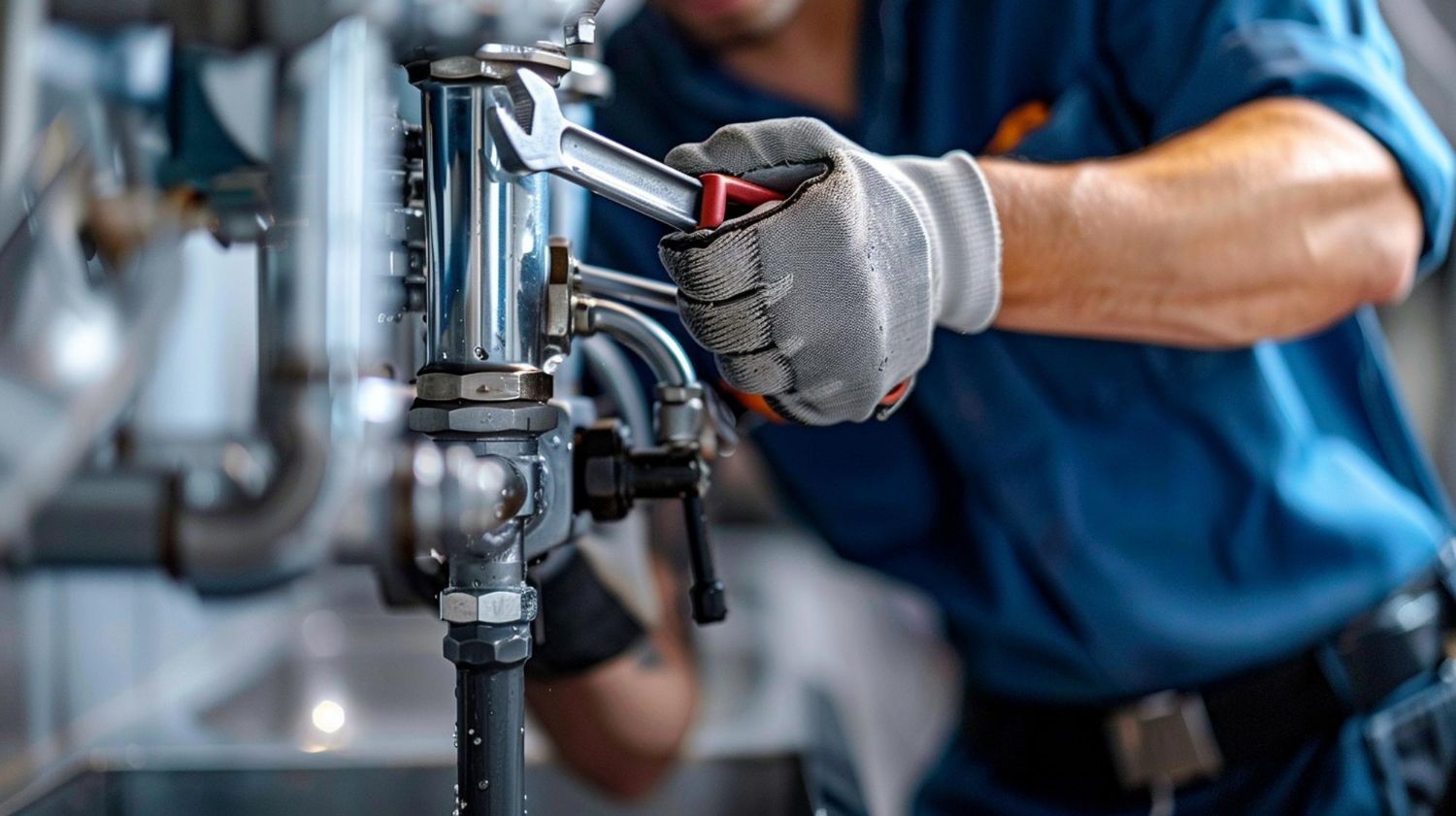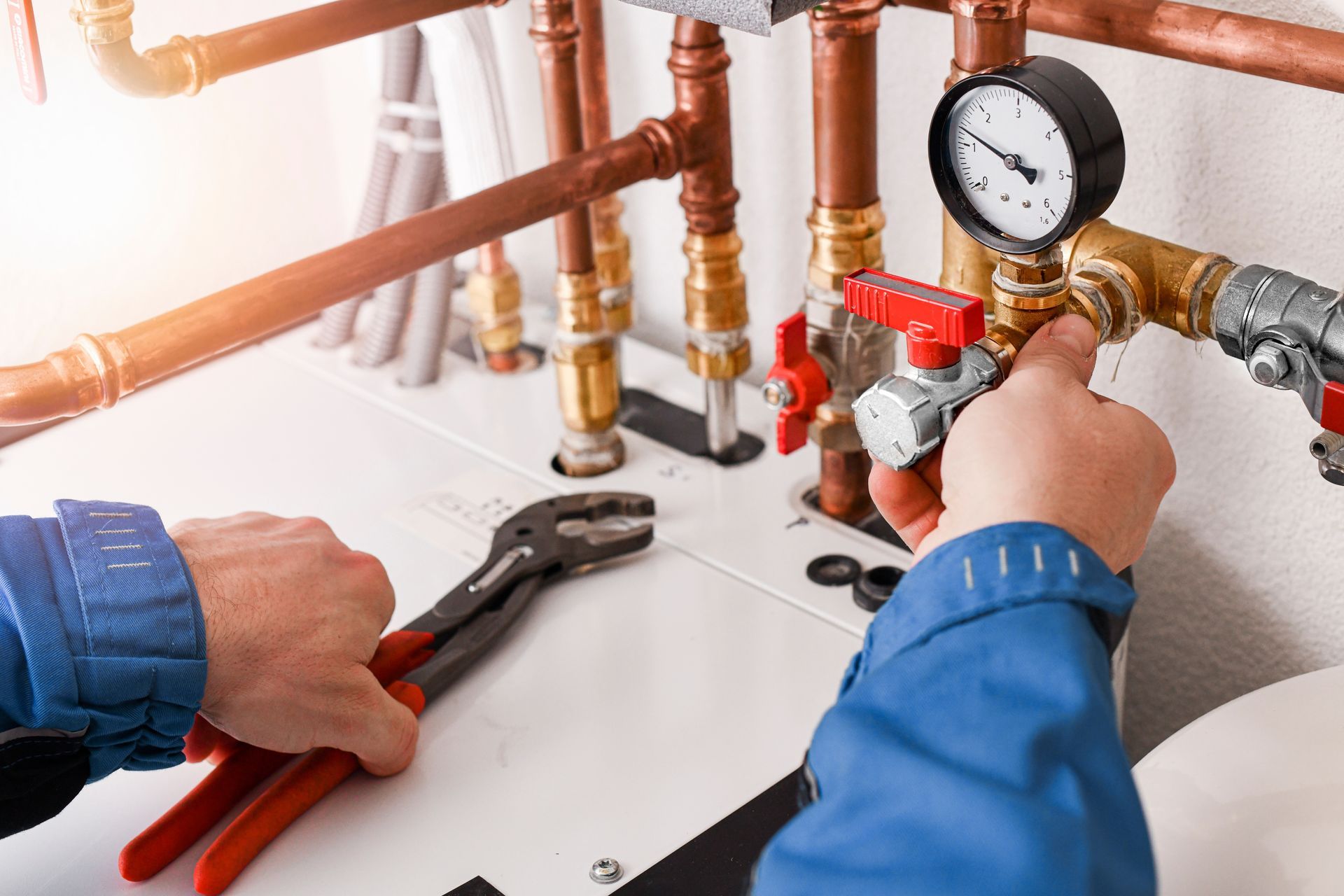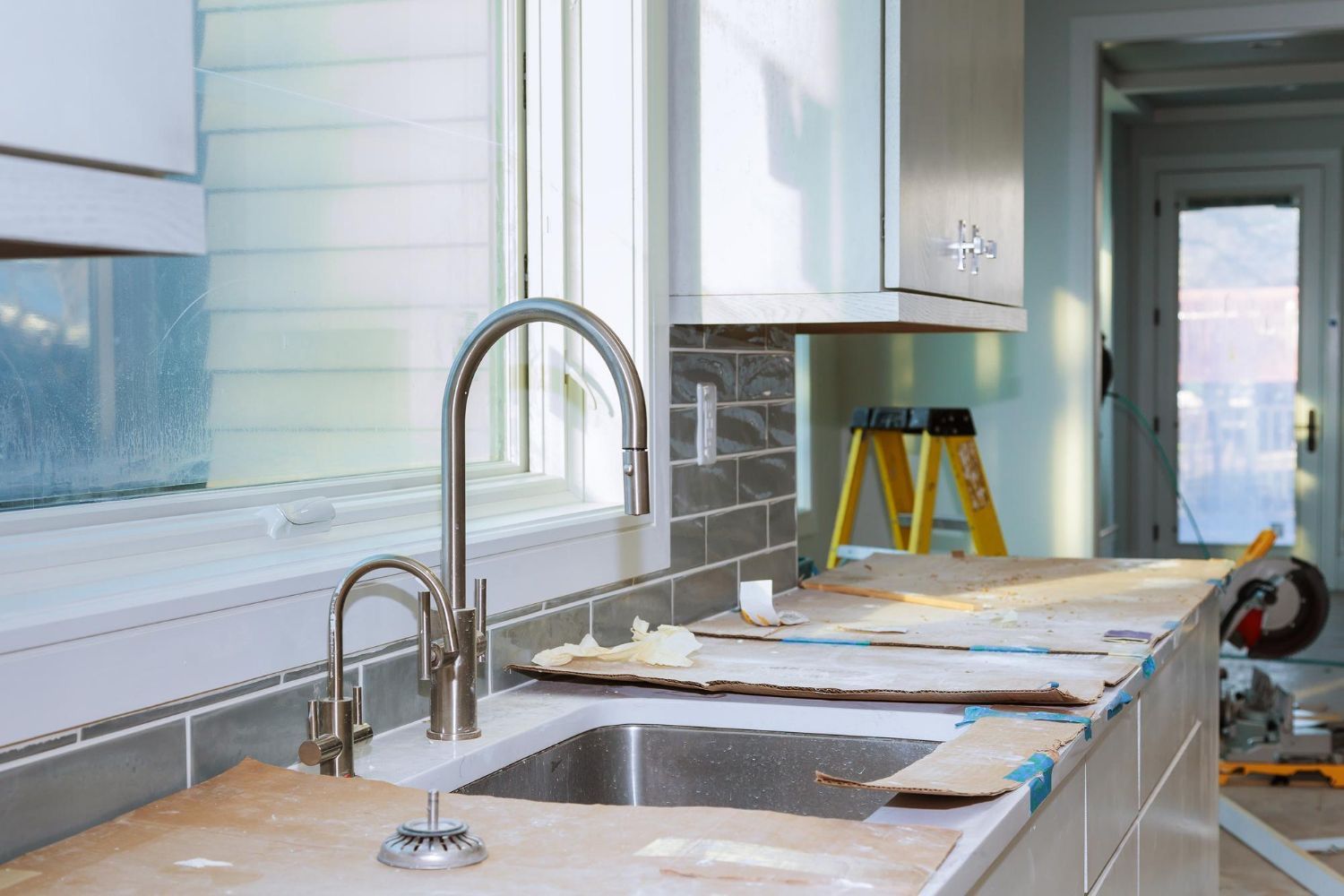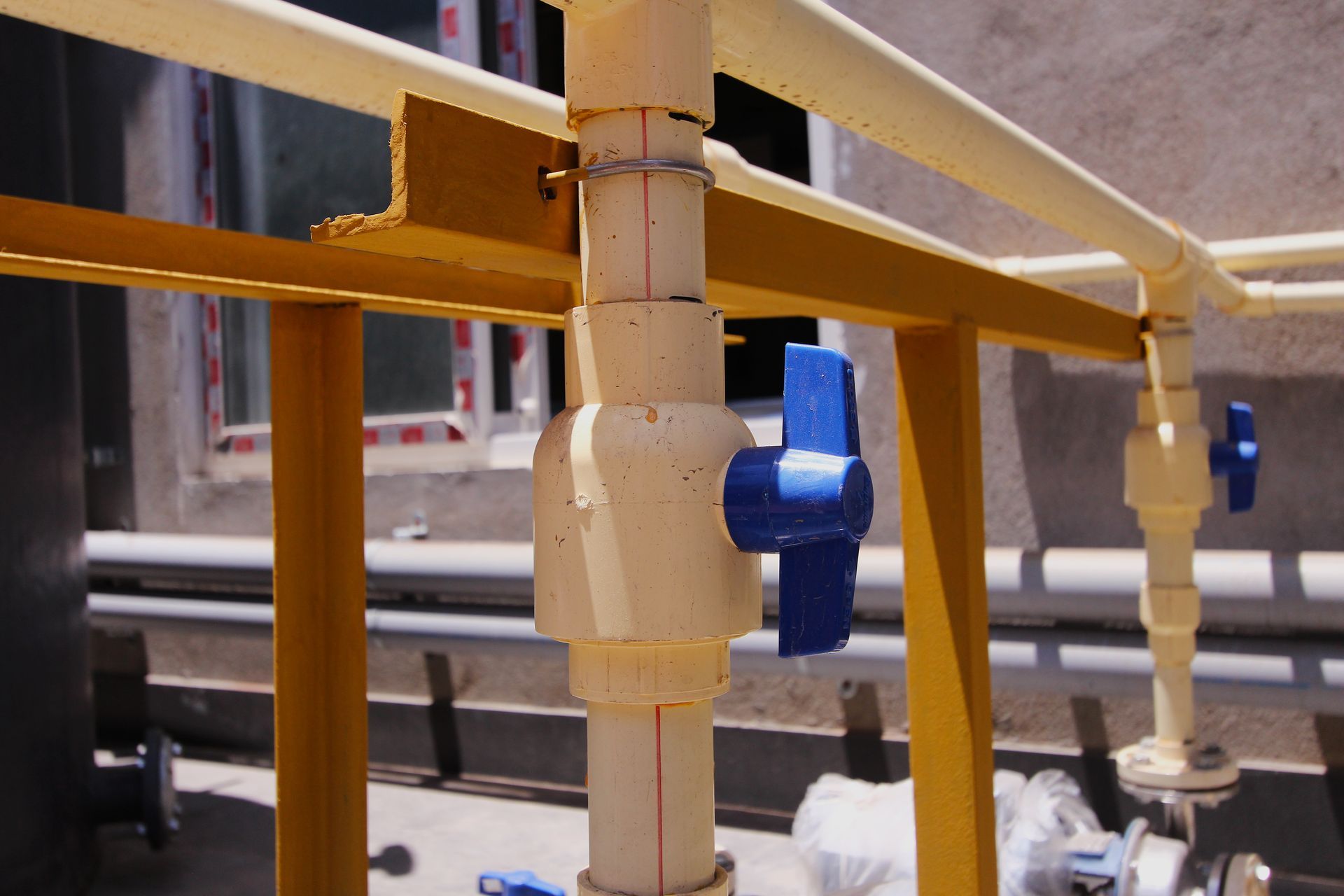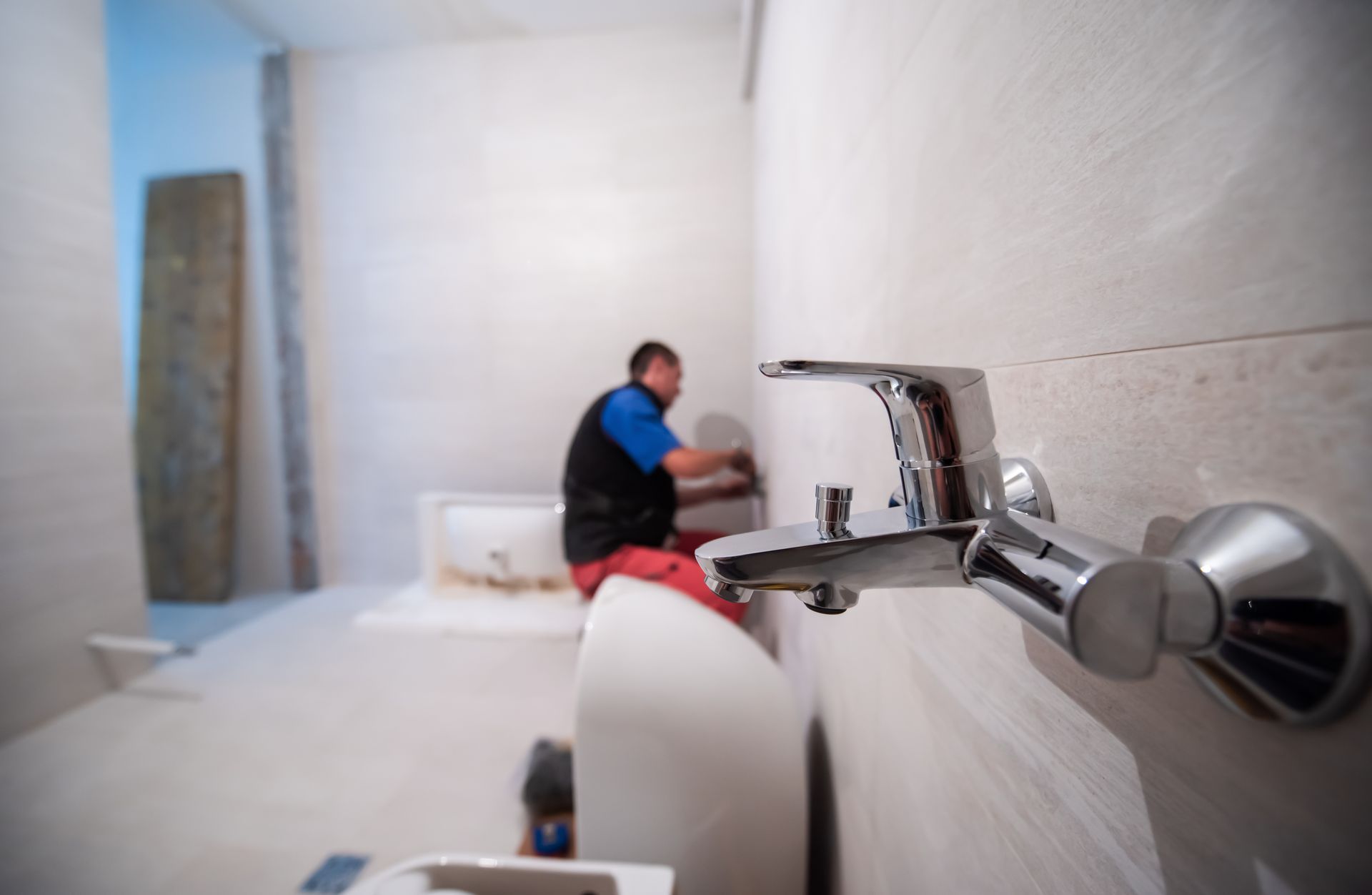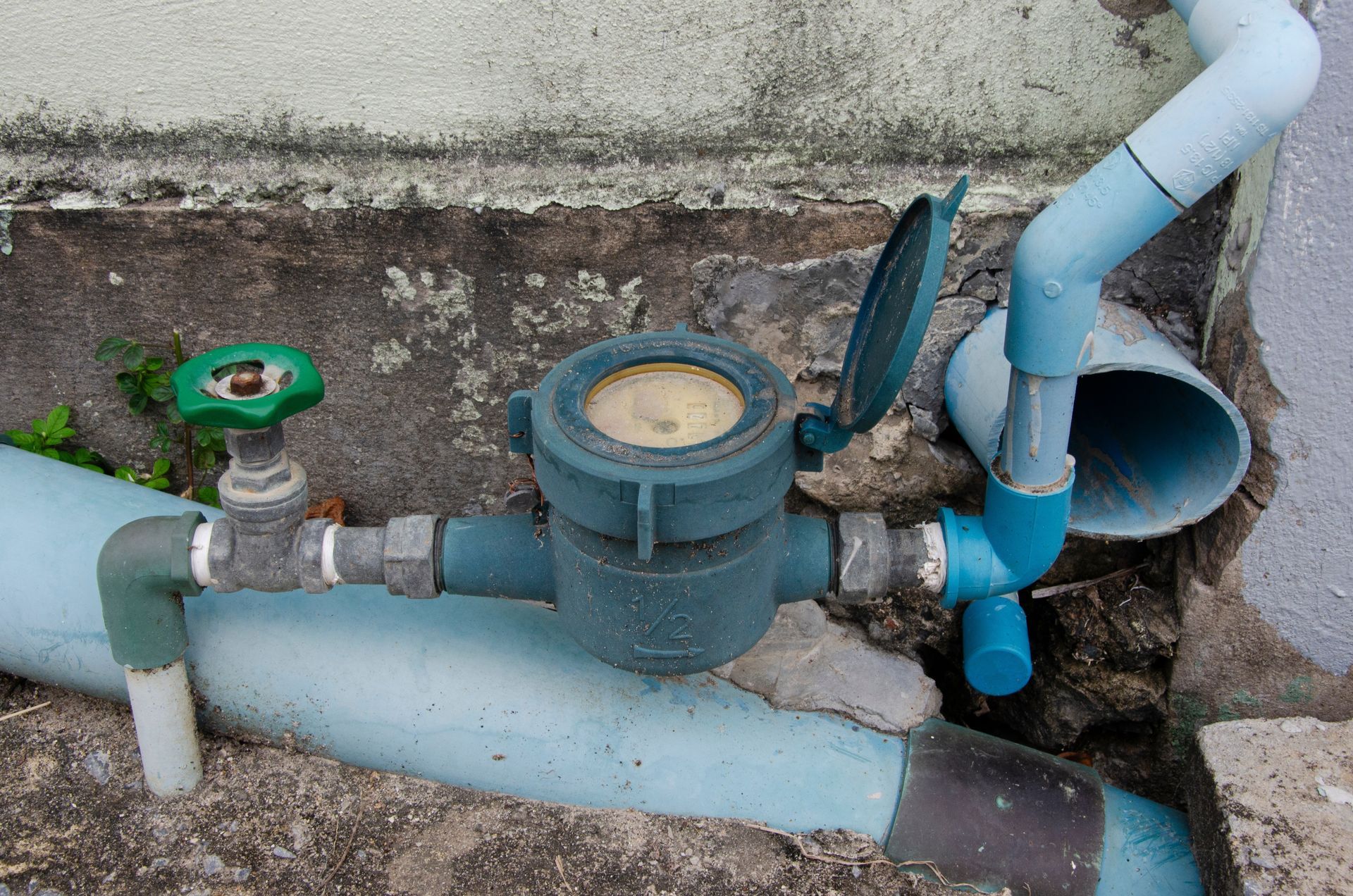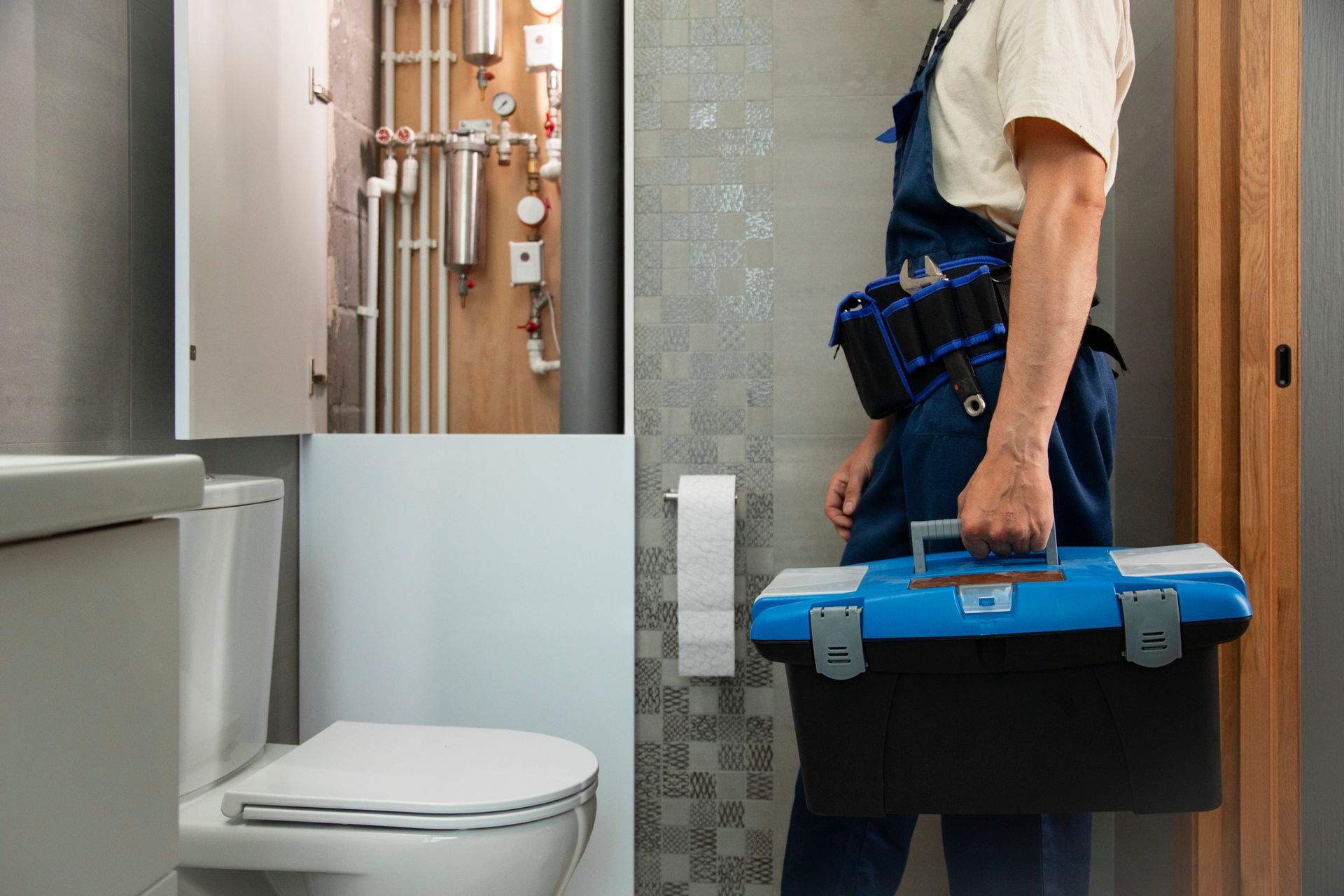The Ultimate Guide to Preventing Frozen Pipes in Ontario Winters
The winter chill in Ontario is notorious for creating a unique set of plumbing problems for homeowners and business owners alike. The most prevalent of these concerns is undoubtedly, the dreaded frozen pipes. When water inside pipelines freezes, it expands, leading to potential blockages, leaks, or even burst pipes. This blog post serves as your extensive guide to preventing such troublesome situations.
Understanding Frozen Pipes
Why do pipes freeze in the first place? Simply put, when the temperature drops below freezing, any water inside your pipes is at risk of freezing as well. Pipes in unheated areas such as basements, attics, and garages, as well as exterior walls, are the most susceptible. The resulting ice blockages increase the pressure within the pipes, often leading to leaks or bursts.
How to Prevent Frozen Pipes
1. Insulate the Pipes
Insulation is the first line of defence against freezing temperatures. Pipe insulation materials like foam rubber or fibreglass sleeves can effectively slow down the transfer of heat. Insulate all pipes, paying special attention to those located in unheated spaces or near exterior walls.
2. Install Heat Tape
For pipes that are easily accessible, consider installing heat tape. When wrapped around pipes, it provides an additional layer of protection by supplying heat directly to the pipes.
3. Seal Drafts
Cold drafts can hasten the freezing process. Inspect your property for any cracks or openings where cold air can enter, particularly near pipes, and seal them with caulking or spray foam.
4. Keep Interior Doors Open
Open all interior doors to help warm air circulate throughout your property. This includes doors to cabinets that house plumbing.
5. Allow Faucets to Drip
In extreme cold, allow faucets to drip slightly. The continuous water flow, albeit small, can prevent freezing by relieving pressure within the pipes.
What to Do if Pipes Freeze in Winter?
If you suspect that your pipes have frozen, it's essential to act swiftly to mitigate potential damage.
1. Open the Faucets
Allow cold water to drip from faucets served by exposed pipes. Even a trickle can help prevent pipes from freezing.
2. Apply Heat
Use a heating pad, hairdryer, or space heater to slowly thaw the frozen area. Remember, never use open flame devices as this can lead to more harm than good.
3. Call a Professional
If your DIY efforts don't yield results or if you notice a leak or burst pipe, it's time to call a professional like Drain & Plumbing Experts.
Why is Prevention Better than Cure?
Frozen pipes can lead to substantial property damage, not to mention the inconvenience of dealing with water disruption in the middle of winter. The cost of repairing such damage can be astronomical, a clear sign that prevention is indeed better than cure.
Protect Your Plumbing This Winter
Ontario winters can be harsh, but your plumbing doesn't have to bear the brunt. With these preventative measures, you can better winterize your plumbing and prevent the hassle and expense associated with frozen pipes.
At Drain & Plumbing Experts, we're here to assist with all your winter plumbing needs. Our experienced team is ready to provide top-notch service, whether that's offering advice on how to prevent frozen pipes or tackling any winter-related plumbing emergencies.
Don't let frozen pipes ruin your winter.
Contact Drain & Plumbing Experts today and ensure your plumbing system remains efficient and functional even in the harshest of Ontario winters. We're not just plumbers; we're your partners in maintaining a safe and comfortable living environment.
